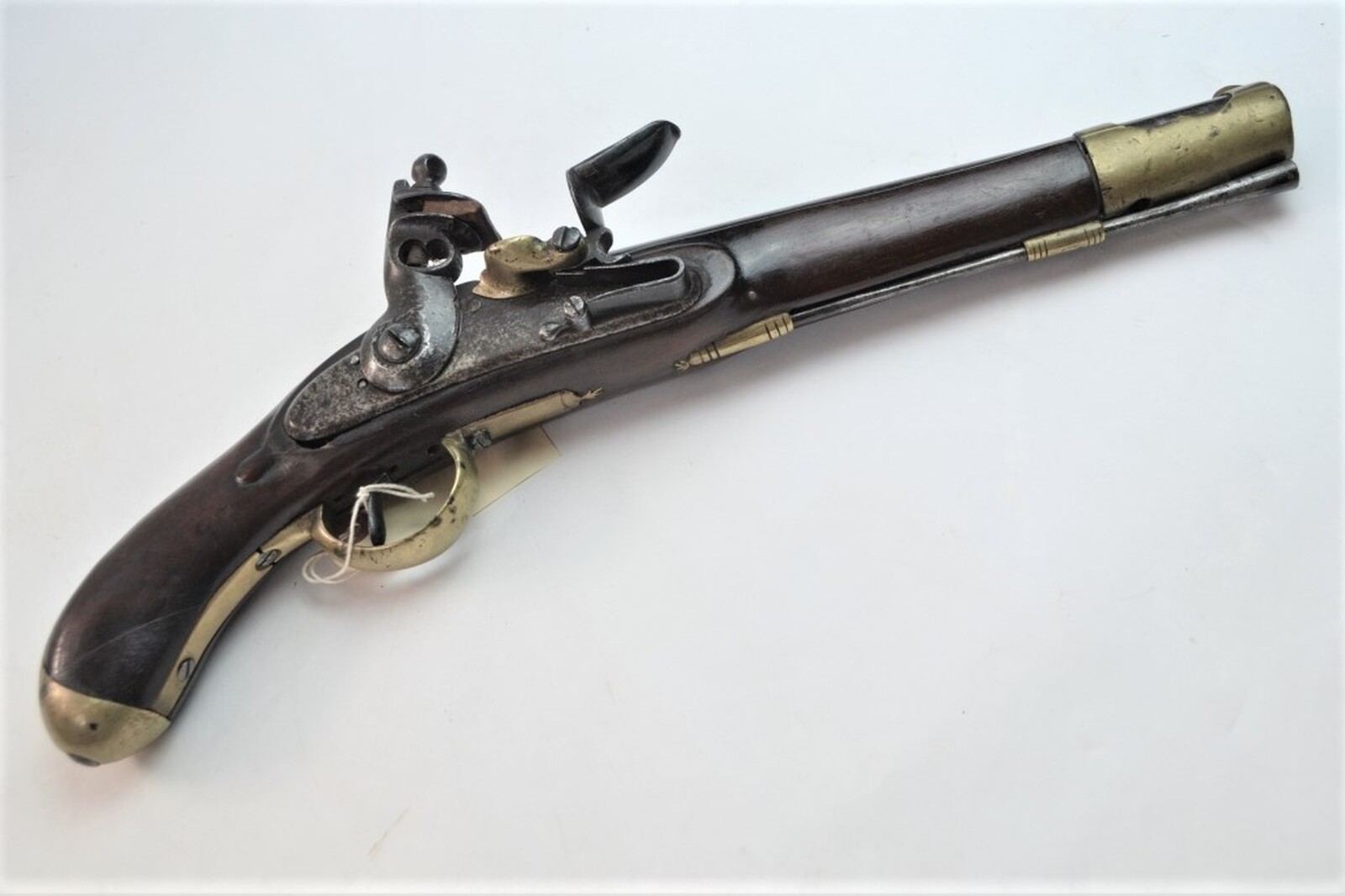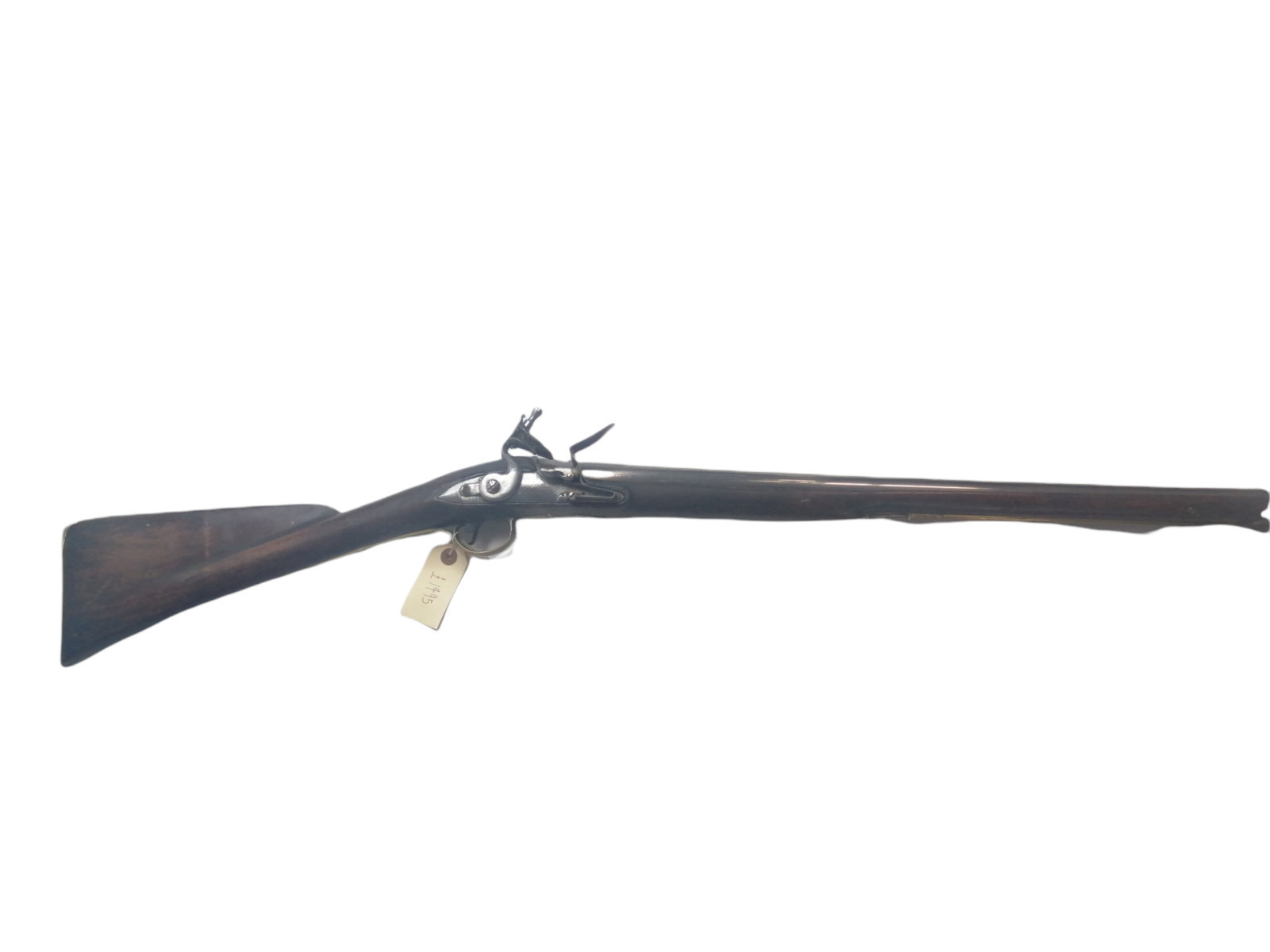Flintlock Muskets For Sale And A Brief Evolutionary Guide Up Of The Flintlock Musket
SEE MORE FLINTLOCK MUSKETS WHICH ARE FOR SALE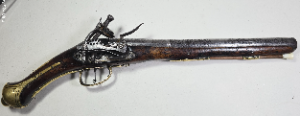
Product ID: 3521
18th Century Caucasian Miquelet Holster..., For Sale
Buy It Now: £995
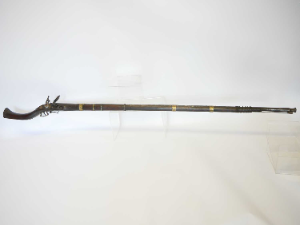
Product ID: 3512
19th Century Afghan Flintlock Jazail, For Sale
Buy It Now: £295
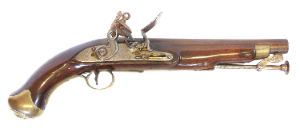
Product ID: 3476
.650 Flintlock New Land Pattern Tower Na..., For Sale
Buy It Now: £1200
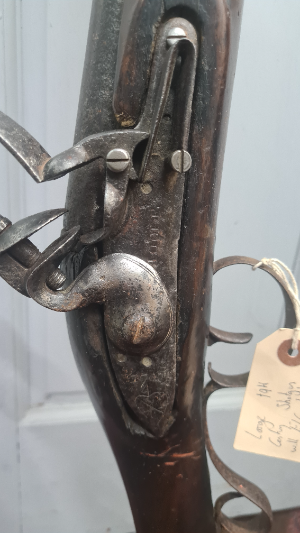
Product ID: 3456
8 Bore Single Barrelled Flintlock Shotgu..., For Sale
Buy It Now: £650
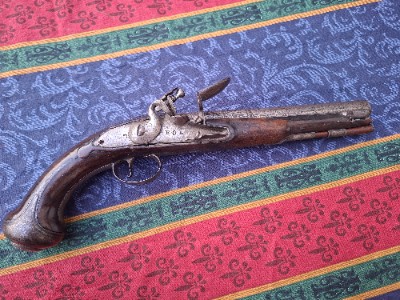
Product ID: 3424
Flintlock Pistol By Roe Of London, For Sale
Buy It Now: £795
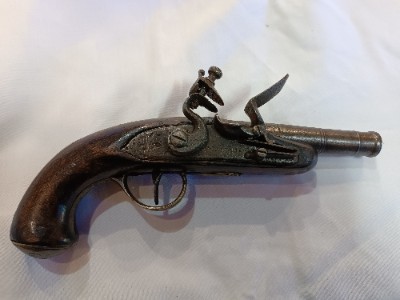
Product ID: 3277
Early 18th Century Cannon Barrelled Flin..., For Sale
Buy It Now: £595

Product ID: 3260
Thomas Barnett 1756 Cavalry Style Flintl..., For Sale
Buy It Now: £895
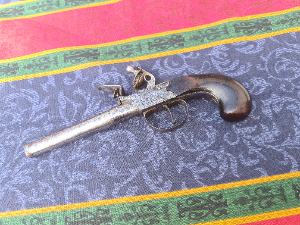
Product ID: 3084
Mid 18th Century Flintlock Muff Pistol., For Sale
Buy It Now: £395
Introduction
Firearms have been around for nearly 800 years and continue to play a pivotal role in our society and military. This article will briefly explore the evolutionary mechanisms leading up to the flintlock musket. Firearms dating before the early 19th century can generally be categorized into five phases.


Phase I: Cannon Lock
The earliest firearms can be classified as "cannon locks." Dating back to the 14th century, these weapons, whether handheld or artillery types, were fired by holding a lighted coal or hot iron against the powder at the rear of the barrel. Constructed from wrought iron, cast brass, bronze, or similar alloys, these simple weapons were typically held underarm and were most commonly made by the Italians, who were considered the most scientifically advanced in Europe during this period. Notably, records from England, Belgium, Germany, and France also indicate the use and manufacture of these arms.
Phase II: Match-lock
Following on from the 'cannon lock,' which required the shooter to touch lighted coal against the priming charge, the matchlock was a simple ‘C’-shaped piece of sharp metal that pivoted to the side of the lock. At one end of the C shape, a ‘slow match’ was attached—a cord generally made of hemp fiber treated with saltpetre and other chemicals to keep it slow burning. This revolutionary mechanism allowed, on trigger pull, the slow match to touch the priming pan and set alight the black powder, causing discharge. This mechanism was introduced around the 15th century, with Edward IV of England having used it at the battle of Ravenspur in 1471.

Phase III: Wheel-lock
Phase III can be defined as the wheel-lock. A mechanism which used a serrated steel wheel against a flintlock to give off a shower of sparks and thus igniting the priming pan. History is unclear as to when the wheel-lock was first used but Johann Kiefiiss is recorded as having invented it at Nuremberg in 1517. Expensive and difficult to make, these weapons were generally reserved for the wealthy unlike matchlocks which were far simpler and cheaper. Because of the firing mechanism employed, this weapon at times provided to be more reliable over the matchlock and was more robust in bad weather, exposed slow-matches and powder vulnerable to getting wet in poor conditions and at risk of misfire and accident.


Phase IIII: Snaphance
Around 1525, a simple fire mechanism called the snaphance appeared. As an adaptation of earlier matchlock technology, the snaphance differed by having a piece of pyrite in the jaws of its lock instead of tinder or a match-holder. A steel point or anvil was provided near the touch-hole. When the trigger was pulled, the cock would release, causing the flint or pyrite to strike a glancing blow on the anvil, producing sparks that ignited the powder in the pan. This straightforward yet crucial innovation marked a significant advancement in firearm history, paving the way for the development of the flintlock.
Phase V: The Flintlock
A true flintlock is essentially a snaphance but with a hinged steel cover for the priming pan, which prevents the black powder from getting wet and causing sparks to ignite the powder. This development, credited to the French, was first adopted by the British in 1690. Popularized through films and novels such as "Sharpe" and "Master and Commander," the flintlock mechanism became one of the world's most successful firing systems. The renowned Brown Bess musket, for example, was officially used by the British army for over 100 years.
Reference: Small Arms of the World by W.H.B Smith.
Images courtesy of Wikipedia and can be found when clicking on the images.
Summarised by: Gregory Ebbs
Founder of Raven Yard AntiquesOther Antique Flintlock Muskets For Sale
SEE MORE
Product ID: 3424
Flintlock Pistol By Roe Of London, For Sale
Buy It Now: £795

Product ID: 3456
8 Bore Single Barrelled Flintlock Shotgu..., For Sale
Buy It Now: £650
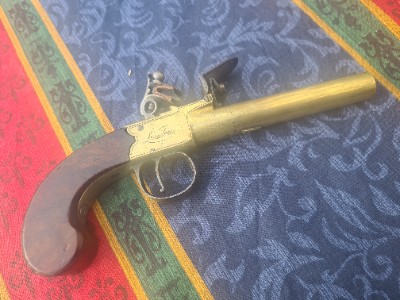
Product ID: 3040
An English Flintlock-pocket Pistol By Ar..., For Sale
Buy It Now: £650

Product ID: 3476
.650 Flintlock New Land Pattern Tower Na..., For Sale
Buy It Now: £1200
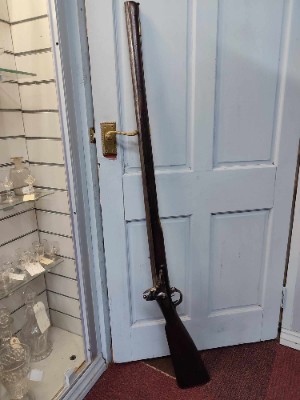
Product ID: 2398
American Early 19th Century Flintlock Fo..., For Sale
Buy It Now: £895

Product ID: 3521
18th Century Caucasian Miquelet Holster..., For Sale
Buy It Now: £995
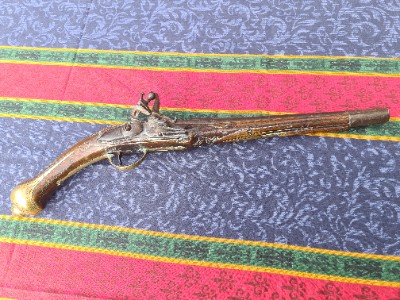
Product ID: 3083
Early 18th Century Flintlock Pistols, For Sale
Buy It Now: £600

Product ID: 2468
1770 French Gendermarie Flintlock, For Sale
Buy It Now: £400
Other Military Antiques For Sale
SEE MORE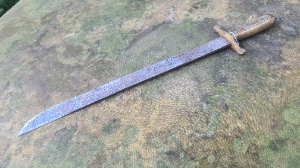
Product ID: 3535
19th Century German Saxon Faschinenmesse..., For Sale
Buy It Now: £70
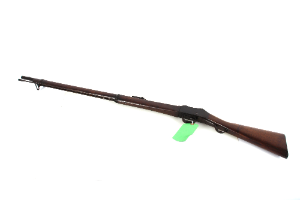
Product ID: 3531
War Department MKII Martini Henry Rifle..., For Sale
Buy It Now: £1350
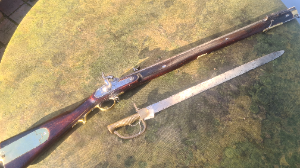
Product ID: 3529
P1841 NCO's Brunwick Smoothbore Musket, For Sale
Buy It Now: £825
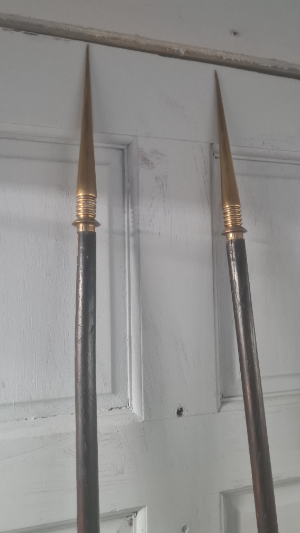
Product ID: 3528
A Pair Of Crusader Lances From The Staff..., For Sale
Buy It Now: £125
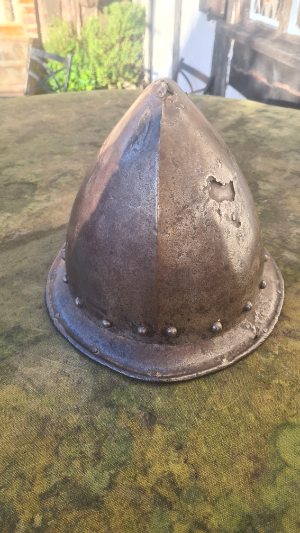
Product ID: 3522
1580's Italian Cabasset Infantry Helmet, For Sale
Buy It Now: £895

Product ID: 3521
18th Century Caucasian Miquelet Holster..., For Sale
Buy It Now: £995
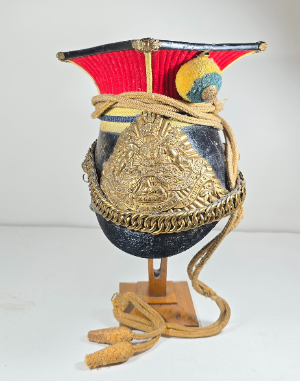
Product ID: 3519
1900 Dated Other Rank Lancers Czapka, For Sale
Buy It Now: £995

Product ID: 3512
19th Century Afghan Flintlock Jazail, For Sale
Buy It Now: £295

